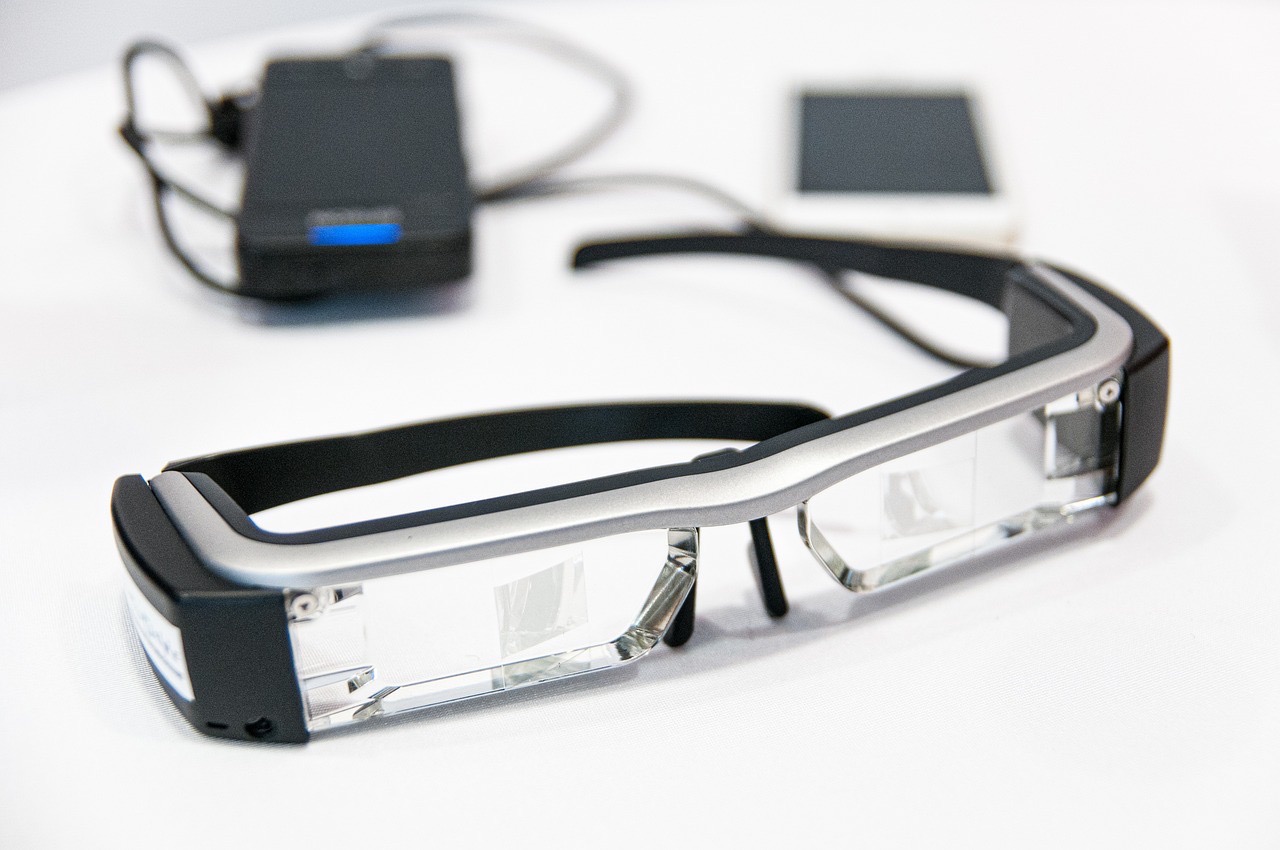There have been several failed marketing campaigns created by modern software companies in recent years. Here are a few examples:
- Google Glass – In 2013, Google launched a marketing campaign for Google Glass, a wearable device that allowed users to access the internet and take photos and videos hands-free. The campaign was targeted at early adopters and included a public testing program called the “Explorer Program.” However, the campaign was met with privacy concerns and criticism over the high price of the device. The campaign ultimately failed, and Google Glass was discontinued in 2015.
- Microsoft’s Windows 8 – In 2012, Microsoft launched a marketing campaign for its new operating system, Windows 8. The campaign included a major rebranding effort and a focus on the system’s touch-screen capabilities. However, the campaign faced backlash from users who found the new interface confusing and difficult to use. The campaign ultimately failed to boost sales of Windows 8, and the operating system was criticized for its poor performance.

- Apple’s Siri – In 2011, Apple launched a marketing campaign for Siri, its virtual assistant feature on the iPhone 4S. The campaign featured celebrities using Siri to perform various tasks and highlighted the feature’s capabilities. However, the campaign faced criticism over the reliability of Siri, as many users found the virtual assistant to be unreliable and inaccurate. The campaign ultimately failed to boost the adoption of Siri and the feature has faced ongoing criticism.
These examples demonstrate the importance of understanding consumer needs and addressing potential concerns in order to successfully promote a product. By failing to do so, these modern software companies’ marketing campaigns were unable to effectively drive adoption and sales of their products. It is crucial for software companies to carefully consider these factors in order to create successful marketing campaigns and avoid the fate of these failed efforts.




